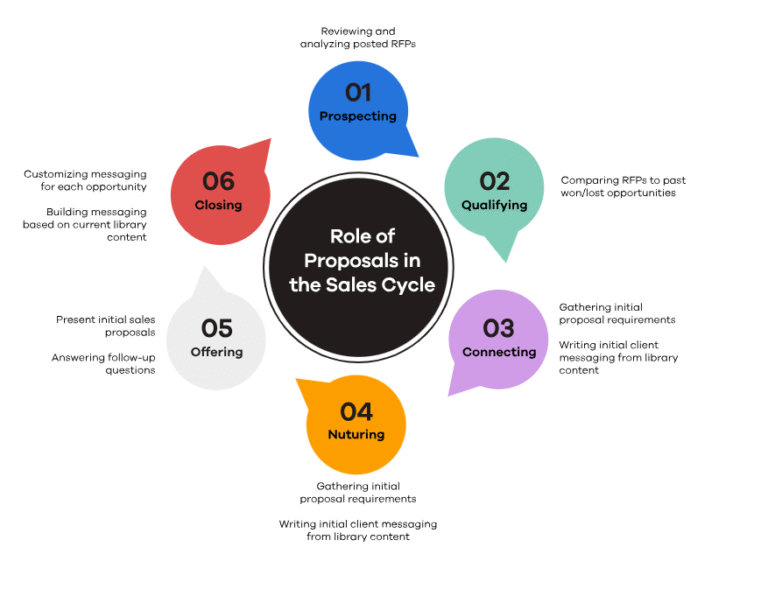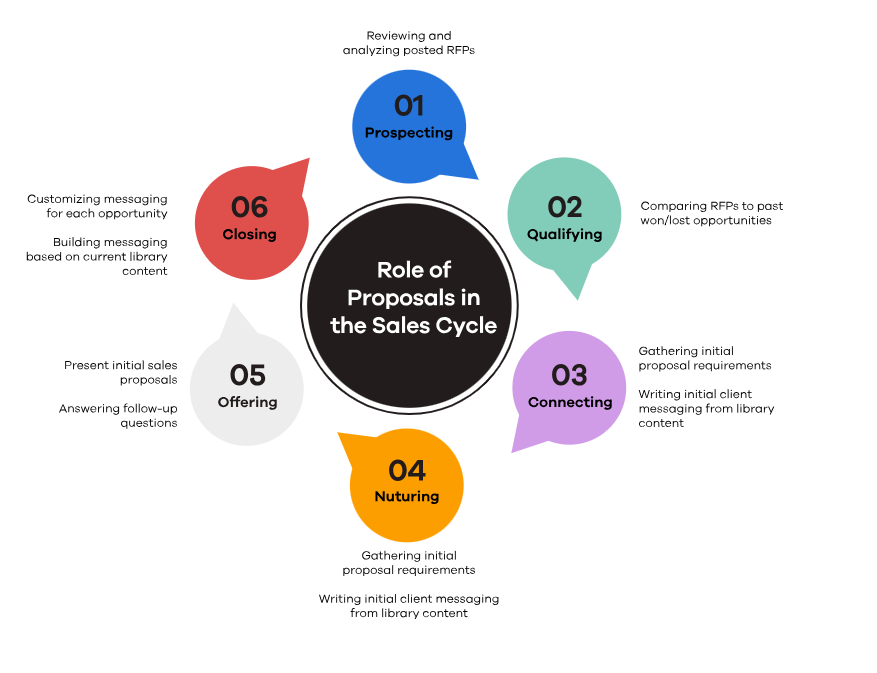
To ensure success in any business deal, mastering the art of crafting the perfect sales proposal is essential. It’s the pivotal document that can swing the deal in your favor, showcasing your understanding of the client’s needs and how your product or service provides the optimal solution. A well-structured proposal not only highlights the benefits of collaboration but also builds a strong case for why your company stands out among competitors.
Understand Your Client’s Needs
The initial step in drafting an effective sales proposal is to understand your client’s business, industry, and specific needs. List the features of your offering and how they provide tangible benefits for the client.
Research and ask the right questions during initial meetings to gain valuable insights. These insights form the bedrock of your proposal, which will be a uniquely designed response that addresses the client’s concerns. So, your proposal won’t seem like a generic sales pitch but a thoughtful solution.
Highlight how your product or service can solve an immediate problem or achieve a long-term goal. Address financial and operational benefits to further align your proposal with the client’s strategic objectives.
Finally, demonstrate an understanding of the client’s competitive landscape. This shows that you have a vested interest in their success beyond the sale and are building a partnership to contribute to their business growth.
Elements of a Persuasive Sales Proposal
A persuasive sales proposal is meticulously organized to lead the client to favor your offering. It should begin with an executive summary that captures their attention, outlines the key benefits, and presents your solution in a concise manner.
The next section should detail the challenges faced by the client, showing you’ve listened and understood their needs. This sets the stage for your proposed solution. Then, proceed with a clear, concise description of your offering, emphasizing how it addresses the issues raised.
Pricing and timelines require a delicate balance of transparency and flexibility. Provide detailed cost breakdowns and realistic delivery schedules, but be willing to adapt to the client’s requirements and constraints.
Additionally, outline the next steps, providing a clear call to action and making it easy for the client to understand how to proceed. This final section should move the conversation forward, whether it’s setting up a meeting, signing a contract, or discussing further details. This will increase your chances of a favorable response.
Personalize Your Proposal
To make your proposal stand out from others on a potential client’s desk, personalization is key. Beyond inserting the client’s name in the introduction, craft the narrative of the proposal around the client’s unique brand story, market position, and the specific outcomes they want to achieve.
Detailing how your services or products can be customized to fit their specific needs enhances the relevance of your proposal. Using language that reflects the client’s corporate culture and values also creates a sense of affinity and understanding.
Adding personal touches, such as referencing previous discussions or incorporating the client’s feedback, shows attention to detail and dedication. Such nuances can make a significant impact on the client’s perception of your care and commitment.
Finally, ensure that the design and presentation of your proposal align with the client’s branding and aesthetic preferences. Your proposal shouldn’t just sound personal; it should also look the part, presenting a cohesive and customized image.
Post-Proposal Follow-up Strategies
Following up after submitting a sales proposal is as crucial as the proposal itself. A well-thought-out follow-up email or call can keep the conversation going. However, timing your follow-up is important; you want to be prompt but not overbearing.
During follow-up communication, be prepared to answer additional questions or provide further clarification as needed. Being responsive and accessible after submission reflects well on your customer service ethos and dedication to client satisfaction.
Encouraging feedback on the proposal can lead to valuable insights, whether you win or lose the deal. This feedback can inform improvements for future proposals and help you better understand client expectations. Remember that each interaction, even in follow-up, contributes to building your reputation and fostering a strong relationship with the client.
Overall, a successful sales proposal is a blend of meeting the immediate needs of your clients and building lasting relationships that foster future business opportunities.
Author Profile
Latest entries
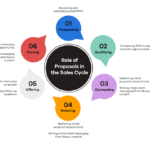 Radio ShowsNovember 18, 2025Crafting the Perfect Sales Proposal: Tips for Winning Over Clients
Radio ShowsNovember 18, 2025Crafting the Perfect Sales Proposal: Tips for Winning Over Clients NCAABNovember 18, 2025Men’s College Basketball: Dominant Road Win Propels Purdue Back to AP No. 1
NCAABNovember 18, 2025Men’s College Basketball: Dominant Road Win Propels Purdue Back to AP No. 1 ACCNovember 18, 2025Game Changer: James Franklin Hire Instantly Re-Energizes Virginia Tech Football
ACCNovember 18, 2025Game Changer: James Franklin Hire Instantly Re-Energizes Virginia Tech Football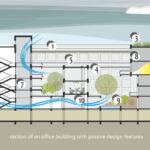 The HubNovember 18, 2025Passive Design Techniques Architects Should Master in 2025
The HubNovember 18, 2025Passive Design Techniques Architects Should Master in 2025

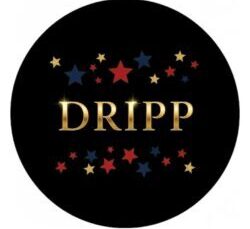 Steelersforever.org
Steelersforever.org




